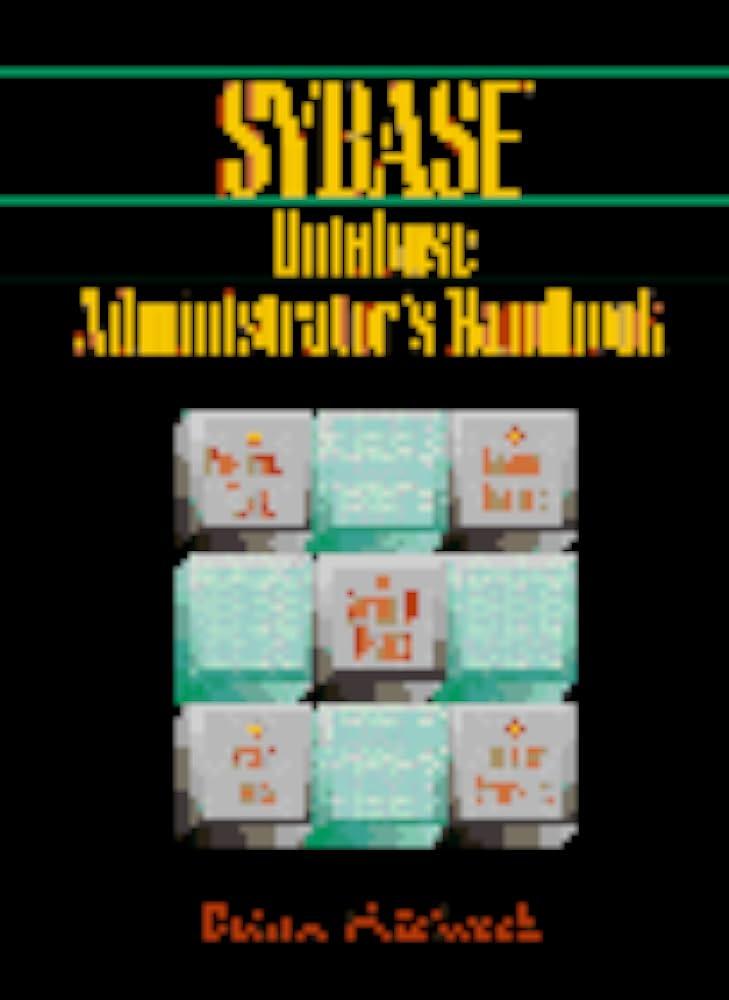
Transactions. Answer the following questions as directed. a. What is the difference between a "serial schedule" and a "serializable schedule"? a) a serializable schedule of some transactions gives the same result as some serial schedule of those same transactions b) a serializable schedule of some transactions gives the same result as some serial schedule of some other transactions c) a serial schedule runs the transactions one after another while a serializable schedule definitely interleaves the execution of the transactions b. A "committed" transaction is one that a) has failed and must be aborted, b) has executed at least one complete operation, c) has successfully completed. c. (True/False) In SQL you can indicate that a group of database operations form a transaction d. If a database needs to undo some operations of a transaction, it uses a A transaction "schedule" a) gives the times at which operations of a transaction must occur b) lists the order in which operations from multiple transactions must occur, c) lists the priority of transactions within a group of transactions. e. f. g. h. (True/False) A transaction schedule may re-order operations within a transaction (True/False) If a transaction schedule is conflict serializable then it is serializable What is the name of the database property that ensures that a transaction executes completely or not at all? i. (True/False) A serial schedule of two transactions is conflict equivalent to every other serial schedule of two transactions j. If two transaction schedules are conflict equivalent then they a) have the same final database state if they have the same initial state, b) have the same conflicts, c) are conflict serializable. k. Which of the following pairs of operations are conflicting? a) read(B), read(B) b) write(A) read(B) c) write(A), read(A) d) write(A), write(B) apply) (select all that I. (True/False) If two transaction schedules are conflict equivalent, then one is a serial schedule m. (True/False) It is not possible to achieve isolation by simply running one transaction at a time







